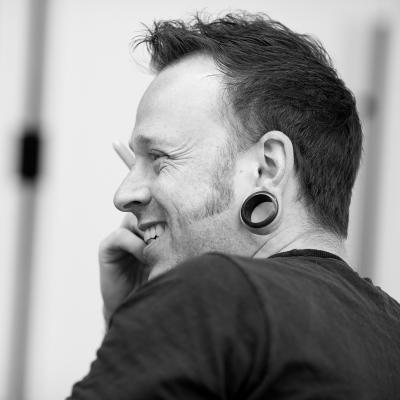Jon Kolko

Design as Product Strategy
Bringing design thinking to product management in order to create educational products people love
Most companies consider strong product management to be the “glue” that holds together products as they are being conceived of and built, and most companies treat product management as either a marketing or an engineering activity. But modern startups like Airbnb and large corporations like JetBlue or Starbucks have proven that industry disruption is possible not by focusing on adding features or just improving sales, but instead by focusing on providing deep, meaningful engagement to the people that use their products or services. This engagement is achieved by designing products that seem as though they have a personality, or even a soul. These products feel less like manufactured artifacts and more like good friends.
Design doesn’t refer only to aesthetics or usability, although these are things consumers are most likely to notice or appreciate. Design is both a noun and a verb. It can mean the visual or tactical quality of a product, as well as the process by which products are conceived. Design is a more comprehensive way of thinking about people and human behavior than engineering or marketing. It is a product development process that uses empathy with a community of potential consumers in order to identify problems to solve. Design leverages a certain way of thinking in order to infer solutions to those problems that will have meaningful emotional appeal, and a strong market fit.
In this talk, you’ll learn how to apply that process yourself using these four steps:
- Identify product/market fit, by seeking signals from communities of users
- Identify behavioral insights, by conducting ethnographic research
- Sketch a product strategy, by synthesizing complex research data into simple insights
- Define the product details, using visual representations to simplify complex ideas
Vice President, Consumer Design, Blackboard
Founder & Director, Austin Center for Design
